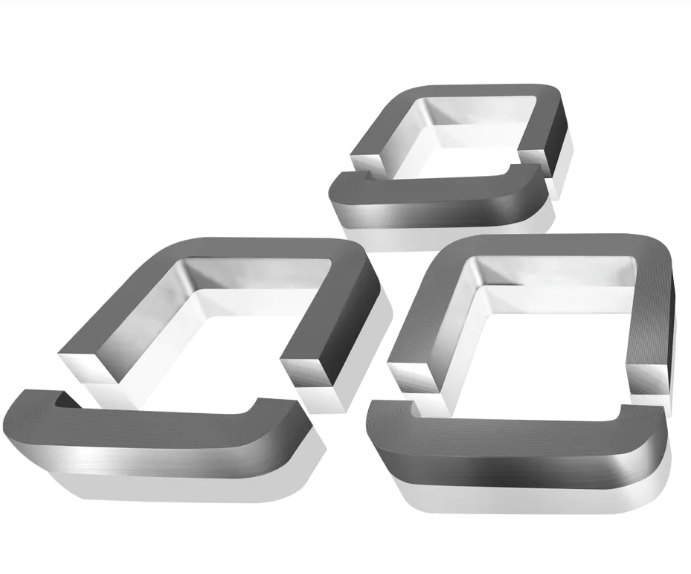 Transformer Cores: Enhancing Efficiency and Performance with Silicon Steel
Transformer Cores: Enhancing Efficiency and Performance with Silicon Steel
Jun 06, 2024
Transformer cores play a crucial role in the efficient operation of transformers. These cores are typically made of a material called silicon steel, which possesses excellent magnetic properties. In this article, we will explore the significance of transformer cores, highlight different types of cores, and discuss their application scenarios.
1. Importance of Transformer Cores:
Transformer cores serve as the magnetic circuit that facilitates energy transfer between the primary and secondary windings of a transformer. Their primary function is to provide a low-reluctance path for the magnetic flux generated by the alternating current, resulting in efficient energy conversion. By utilizing high-quality silicon steel, transformer cores minimize energy losses and enhance overall performance.
2. Silicon Steel and its Benefits:
Silicon steel, also known as electrical steel or laminated steel, is the preferred material for transformer cores due to its magnetic properties. It contains silicon in specific compositions to reduce magnetic losses caused by eddy currents and hysteresis. Silicon steel offers low core losses, high permeability, and excellent saturation induction, making it an ideal choice for transformer cores.
3. Types of Transformer Cores:
E-Core:
The E-shaped core is one of the most commonly used transformer cores. It offers high winding space utilization and allows the primary and secondary windings to share a common structure. The E-core design provides efficient flux distribution and minimizes stray magnetic fields, resulting in improved performance and reduced losses.
C-Core:
The C-core is another popular design for transformer cores. It is fabricated by winding silicon steel strips into a closed core shape. C-cores offer a compact and lightweight structure, ensuring high energy efficiency. With carefully designed air gaps and optimal winding configurations, C-cores exhibit low losses and excellent magnetic performance.
4. Application Scenarios:
Power Distribution Transformers:
Both E-core and C-core transformer designs find extensive applications in power distribution systems. E-cores are commonly employed in high-power transformers where efficiency and compact size are essential considerations. C-cores, on the other hand, are suitable for smaller transformers used in residential or commercial applications.
Audio Transformers:
E-cores are often utilized in audio transformers where quality and fidelity are critical. These transformers ensure effective signal transmission and minimize distortion. The superior magnetic properties of silicon steel cores contribute to improved audio performance, offering clean and accurate sound reproduction.
Renewable Energy Systems:
Transformers used in renewable energy systems, such as solar and wind power, require efficient energy conversion. Both E-cores and C-cores can be employed depending on the specific requirements of the system. These cores enable effective power transmission, reducing energy losses and maximizing the utilization of renewable resources.
Transformer cores, made of silicon steel, are vital components that optimize the efficiency and performance of transformers. Whether in power distribution, audio applications, or renewable energy systems, the choice of E-cores or C-cores depends on the specific design considerations. By leveraging the high magnetic permeability and low core losses of silicon steel cores, transformers can deliver optimal functionality in various operational scenarios.
Read More

 Transformer Cores: Enhancing Efficiency and Performance with Silicon Steel
Transformer Cores: Enhancing Efficiency and Performance with Silicon Steel
 What should be done before export silicon steel abroad?
What should be done before export silicon steel abroad?